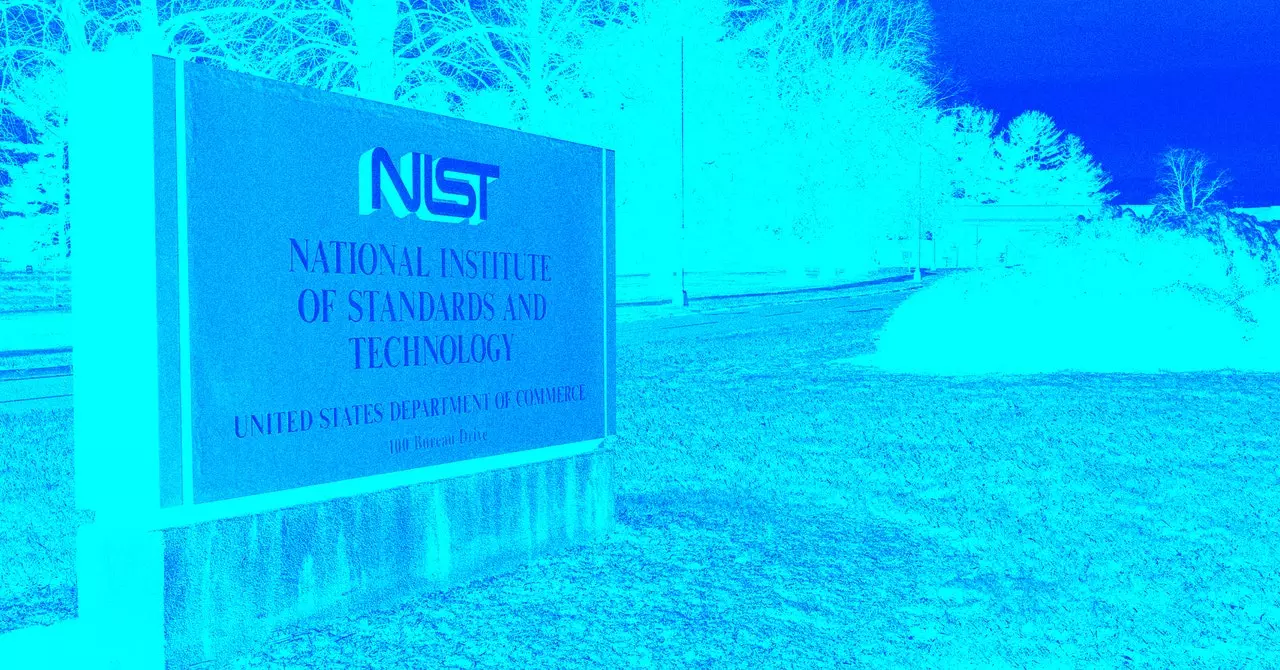In a shocking turn of events, the National Institute of Standards and Technology (NIST) faces potential layoffs under a new administration driven by a mission to transform federal spending. The Trump administration’s push for efficiency appears to be taking a toll on a vital institution renowned for its role in establishing benchmarks across a range of industries, including cybersecurity and AI safety. Reports indicate that sweeping job cuts could be announced imminently, leaving approximately 500 workers—primarily those newly hired and still in their probationary periods—vulnerable to immediate job loss. This drastic measure raises questions about the future of the agency crucial to maintaining safety and quality standards, which, in turn, might affect various sectors that rely on its guidance.
The anxiety surrounding job security came to a head when reports emerged of personnel from the Department of Government Efficiency (DOGE), initiated by billionaire entrepreneur Elon Musk, visiting NIST’s facilities. These high-profile interactions fueled speculation about impending cuts and highlighted a profound shift in priorities within the federal agency. Employees reported sightings of DOGE representatives seeking access to NIST’s IT systems, leading to concerns over their possible influence and intentions. As NIST leadership sought to reassure employees of the temporary nature of these visitations, the underlying anxiety surrounding potential layoffs could not be shaken.
In the wake of these developments, it is worth examining the broader implications of this pending workforce reduction. The personnel affected are not merely widgets in a bureaucratic machine; they include celebrated experts in technology and AI safety, and their departure could have lasting consequences for the field. Many of these individuals were placed in leadership roles as recently as a year ago, raising significant concerns about continuity and expertise.
Particularly troubling is the fate of the newly established US AI Safety Institute (AISI), which emerged in response to a previous executive order from President Joe Biden regarding AI governance. With a mission to collaborate with AI companies—some of which are competitors to Musk’s projects—the institute has been at the forefront of AI safety research and implementation. However, following Trump’s cancellation of the executive order shortly after taking office, the future of the AISI and its initiatives has come into question. This move signals a deprioritization of AI safety at the federal level, limiting the resources and focus necessary to address the challenges presented by AI technologies.
Moreover, the loss of key personnel, including AISI’s inaugural director and other prominent figures integral to the agency’s AI strategy, has compounded these concerns. The high turnover in leadership could hinder the institute’s ability to perform effectively, yielding a chaotic environment where critical safety measures risk being overlooked. This potential disruption threatens not just NIST’s foundational role, but also raises alarms about the future of AI governance across the nation.
The implications of these layoffs extend beyond the walls of NIST. They mark a strategic pivot within the federal landscape that may have long-term consequences for the nation’s leadership in technological advancement. Vice President JD Vance, in a recent speech at the AI Action Summit, indicated a conscious decision to deprioritize discussions surrounding AI safety. This stance diverges substantially from previous administrations, and the exclusion of the AISI from key international discussions further emphasizes the changing landscape.
The push for government efficiency, while appealing on the surface, risks undermining the expertise and institutional knowledge required to manage emerging technologies responsibly. If the U.S. does not reassess its approach to AI safety and the foundational institutions responsible for it, it may find itself lagging behind in a rapidly evolving global tech landscape.
As news of impending layoffs looms over NIST, the agency stands at a pivotal crossroads. The repercussions of these layoffs could have far-reaching effects—challenging the security of products we trust and the credibility of institutions designed to safeguard those products. Going forward, the success of the U.S. in remaining at the forefront of innovation hinges upon a careful balance between efficiency imperatives and the safeguarding of vital expertise in the rapidly changing world of technology and AI.

